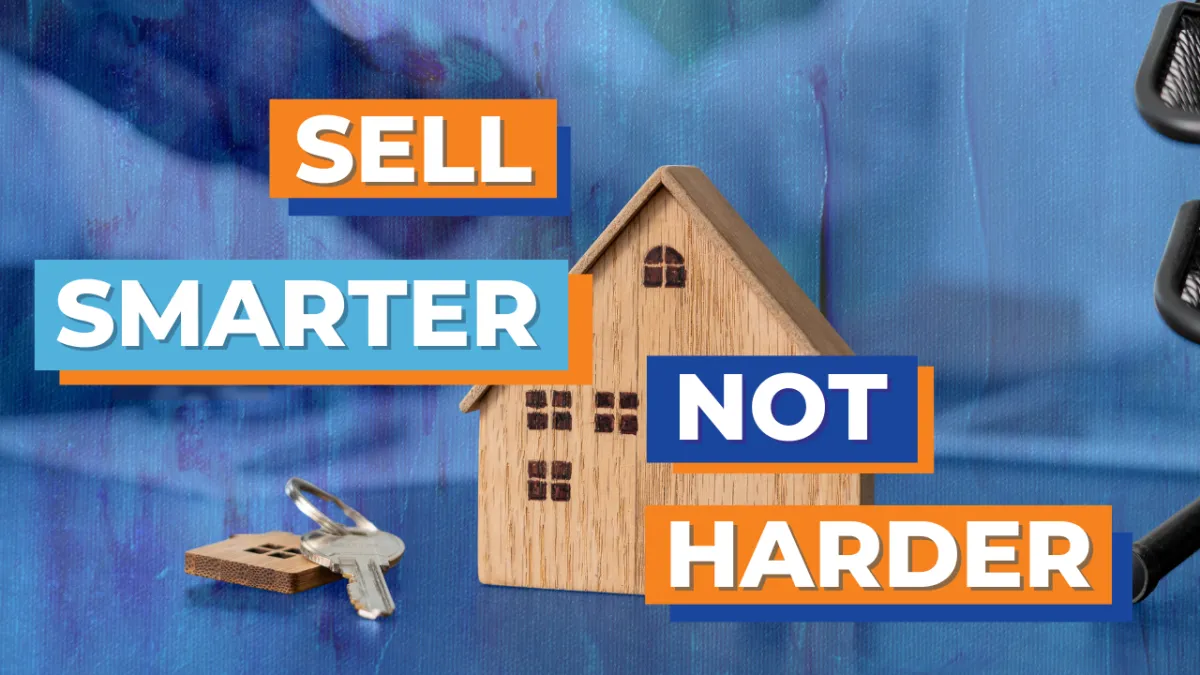
The Truth Behind Common Real Estate Selling Advice: What the Data Really Shows
Selling your home is one of the biggest financial moves you’ll ever make — but if you’ve been relying on “traditional wisdom,” you might be leaving thousands on the table.
We analyzed millions of real estate transactions to separate fact from fiction and uncover what really moves homes (and money) in today’s market.ur profit.

When’s the Best Time to Sell a House?
You’ve probably heard: “Spring is the best time to sell.”
That’s only half true.
Yes, spring sees more buyer activity, but data shows that your city’s sweet spot lasts just two to four weeks — and varies by market. For example:
San Francisco peaks in May,
Denver performs best in May and June,
Atlanta shines in June,
Columbus, Ohio tops out in October.
And here’s a lesser-known secret: Thursday listings outperform every other day.
Why? Buyers see your home early in the weekend search cycle, creating urgency while your “days on market” number is still low. That psychological edge can trigger faster, stronger offers.
Should You List Below Market to Spark a Bidding War?
Some say pricing low will ignite a frenzy. Others say it’s a mistake.
The truth depends on your local supply and demand.
In competitive cities like Austin, listing just below market can drive multiple offers. But in areas like San Antonio or suburban markets, it backfires — buyers assume something’s wrong.
The smartest approach?
Price accurately and strategically. Avoid round numbers like $350,000. Instead, use “precision pricing” (e.g., $352,528). Studies show that homes with non-zero endings sell for up to 0.7% more because buyers perceive them as more honest and data-driven.
Do Professional Photos Really Make a Difference?
Absolutely — but not for the reasons you think.
Lighting matters, but storytelling matters more.
A professional real estate photographer should capture 50 high-definition shots, from street view to backyard, arranged to take buyers on a virtual “tour.”
Homes with professional photos receive 139% more clicks, sell 50% faster, and can command $900 to $100,000 more than similar listings (especially for homes priced above $300,000).
Your takeaway: Don’t cut corners on visuals. Buyers fall in love through photos first.
Does Social Media Really Sell Homes?
Yes — if you use it strategically.
Nearly 80% of buyers start online, and 44% find their home through an internet search.
But posting your listing everywhere isn’t the goal — targeted exposure is.
Here’s where your audience actually spends time:
Facebook: 72% of adults use it daily — ideal for all age and income ranges.
Pinterest: Great for higher-income buyers visualizing design and lifestyle.
Instagram: Perfect for photo-driven storytelling and local branding.
Twitter (X): Supplemental, not primary — best for awareness and quick updates.
Pro tip: Use Facebook ads to target relocation groups, local employers, and age/income demographics. You’ll reach qualified buyers without wasting ad dollars.
How Much Does Curb Appeal Affect Home Value?
More than you think.
Upgrading landscaping from “average” to “excellent” can raise your home’s value 6–7% — that’s $18,000–$21,000 on a $300,000 home.
Strategic landscaping, native plants, and mature trees not only make a home more attractive but also cut maintenance costs and signal pride of ownership.
Keep it simple:
Healthy trees, clean lines, colorful native plants. Skip the overcomplication — appraisers might not count your garden gnomes, but buyers notice the care you put in.
Are Open Houses Still Worth It?
Not like they used to be.
While 41% of buyers attend open houses, only 9% of sales originate from them directly.
That doesn’t mean skip them entirely — use them for staging and storytelling.
Bake cookies, light a candle, and let buyers imagine their life in your space. Remember: People don’t buy houses — they buy lifestyles.
Should You Throw in Extras to Seal the Deal?
Yes — if they make sense.
Appliances or furniture can sweeten a deal, but today’s buyers value smart home technology far more.
Nearly 81% of buyers say they’d be more likely to purchase a home with smart tech installed.
If you’re selling to families or millennials, connected thermostats, cameras, or smart locks are your new deal-closers — not the flat-screen TV.
The Smarter Way to Sell
When you sell, details matter — timing, price psychology, presentation, and tech all play a role.
Here’s a quick summary of data-backed moves to maximize value:
List on a Thursday in your local peak month.
Use precision pricing, not round numbers.
Invest in professional photography and consistent social media visibility.
Boost curb appeal with native landscaping.
Stage for lifestyle, not just space.
Leave behind smart home tech as a bonus.
Selling your home shouldn’t feel like guesswork — it should feel like strategy.
Because when you use data to guide your decisions, you don’t just list your home…
You position it to win.